Transnistria is a peculiar territory that defies traditional notions of statehood. Though unrecognized by the international community, this self-proclaimed republic operates with its own government, currency, and military – a remarkable feat for a region embedded within another country. Its capital, Tiraspol, stands as a testament to its Soviet past, showcasing a unique blend of history and modern-day tensions. For the curious traveler, Transnistria offers a glimpse into a world where geopolitical boundaries blur, and the very concept of nationhood is challenged.
Key Points

- Transnistria is a self-proclaimed republic within Moldova, having declared independence in 1990 following a brief war with the country.
- Transnistria operates as an independent state with its own government, military, and currency, despite not being recognized internationally.
- The capital city of Tiraspol features Soviet-era architecture and landmarks, showcasing Transnistria’s unique identity and aspirations for statehood.
- Bender Fortress, a 16th-century fortification, offers insights into the region’s turbulent history and its strategic importance throughout various empires.
- Transnistria’s status as a disputed territory contributes to regional instability and complex political dynamics, as it aligns with Russia amidst tensions with Moldova and the EU.
Overview of Transnistria

Transnistria, a self-proclaimed republic within Moldova, has a complex and intriguing history. This unrecognized territory broke away from Moldova in 1990, leading to a brief war.
Today, Transnistria operates as an independent state, with its own government, military, and currency. Its capital, Tiraspol, is home to key sites like the Transnistrian Presidential Palace and a famous statue of Vladimir Lenin.
Another notable landmark is the Bender Fortress, a 16th-century citadel on the banks of the Dniester River. Visitors can explore Transnistria’s unique blend of Soviet and Moldovan influences, seeing its complex political and cultural landscape.
Looking for more options in Chisinau? We've reviewed plenty of other experiences.
Visiting Tiraspol – The Self-Declared Capital
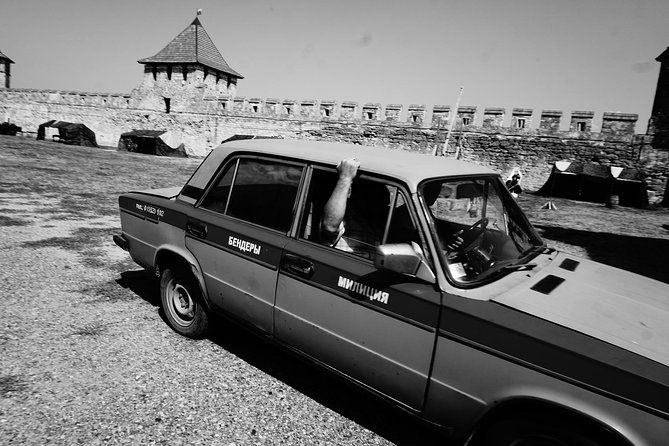
What makes Tiraspol, the self-proclaimed capital of Transnistria, so intriguing for visitors? This unrecognized city stands in a limbo, with a unique Soviet-era aesthetic frozen in time.
Visitors can wander Lenin Square, admiring the grand statues and architecture that evoke the region’s communist past. The iconic Teatrul Dramatic Russian Drama Theater and the imposing Parliament building showcase Tiraspol’s ambitions for statehood.
A visit to the Sheriff Stadion, home of the local football club, offers a glimpse into the daily life of Transnistrians. Exploring this time capsule provides an unparalleled experience of a territory caught in a geopolitical tug-of-war.
Discovering the Bender Fortress
After exploring the captivating sights of Tiraspol, the next highlight of the Transnistria tour is the Bender Fortress.
This impressive 16th-century fortification stands guard over the Dniester River, serving as a strategic outpost for various empires over the centuries.
Visitors can wander the sturdy stone walls, marvel at the ornate architecture, and imagine the battles that played out within its ramparts.
The fortress also houses a military museum, offering insights into the region’s turbulent history.
With its picturesque setting and well-preserved structures, the Bender Fortress provides a tangible link to Transnistria’s past, complementing the modern sights of Tiraspol.
Understanding the Complex History
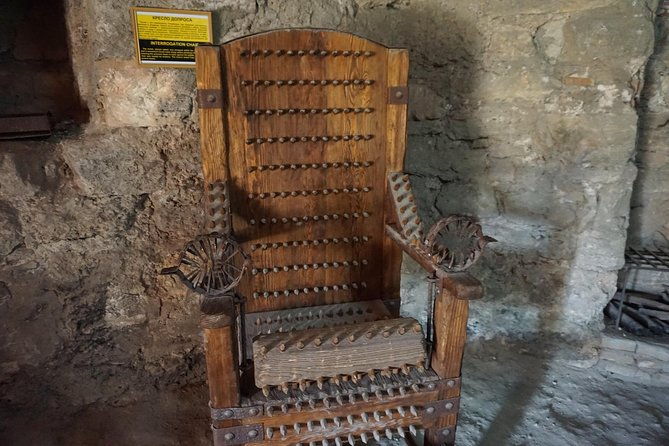
Although Transnistria’s history is deeply entangled with its larger neighbor Moldova, the region’s identity as a self-declared independent state has been shaped by a unique and often turbulent past.
This complex history includes:
- The 1990 declaration of independence following the collapse of the Soviet Union.
- The 1992 armed conflict with Moldova, resulting in Transnistria’s de facto independence.
- Ongoing geopolitical tensions, with Transnistria aligning itself with Russia while Moldova seeks closer ties with the European Union.
- A disputed territory, recognized only by the handful of other unrecognized states, Transnistria’s status remains a source of regional instability.
Tour Features and Inclusions
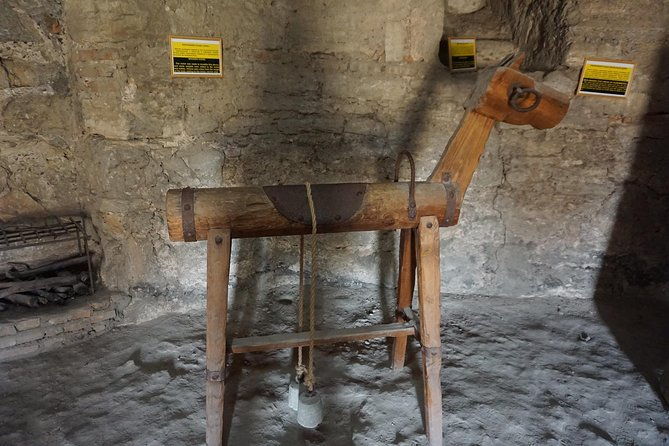
The Transnistria tour offers a range of features to ensure a personalized and convenient sightseeing experience.
The private tour allows for flexibility to explore at your own pace, with hotel pickup and drop-off included for added convenience. The professional guide will provide insights into the complex history of the unrecognized territory.
All taxes, fees, and handling charges are covered, though food and drinks aren’t included. Travelers can book with the option to reserve now and pay later, and free cancellation is available up to 24 hours before the tour.
Most travelers can participate, with accommodations for service animals and infant seats.
- Best of Moldova: Cricova Winery & Old Orhei Tour Including Curchi Monastery
- Travel to Pridnestrovie With Anton Dendemarchenko – Day Tour
- Tiraspol and Bender Back in the USSR Tour
- Milestii Mici Underground Winery Tour INCLUDING Wine Tasting
- Authentic Moldova – Excursion to Orhei Vechi
- New!All Moldova:Cricova Winery, Old Orhei and Curchi(+LUNCH!)
Meeting and Pickup Information
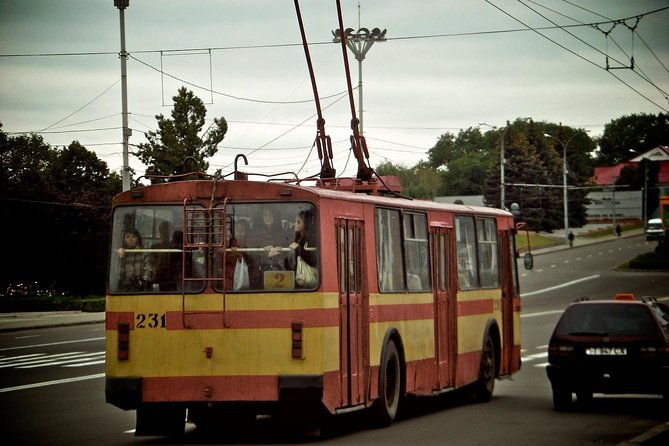
Pickup for the Transnistria tour is available from your hotel or apartment.
The tour starts at 10:00 AM, so travelers should be ready for their private transfer at that time.
A current valid passport is required on the travel day.
The tour is private, so groups can explore the sites at their own pace.
Service animals are allowed, and infant seats are available upon request.
- Pickup from hotel/apartment
- Start time: 10:00 AM
- Current valid passport required
- Service animals allowed, infant seats available
Booking Details and Reviews
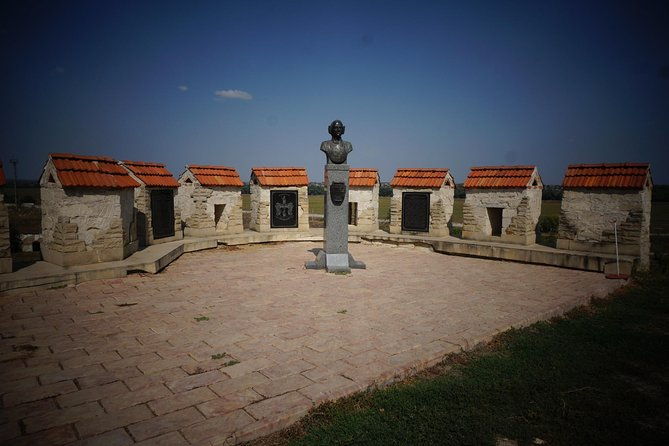
Booking for the Transnistria tour starts at $113.43 per person, with the price varying based on group size.
Travelers can reserve their spot and pay later if they prefer. Free cancellation is available up to 24 hours before the tour begins.
Reviews of the experience are overwhelmingly positive, with a 5.0 rating from over 5 travelers across Viator and Tripadvisor.
The tour includes a professional guide, private transportation, and hotel pickup and drop-off. Visitors will need a valid passport to participate.
Frequently Asked Questions
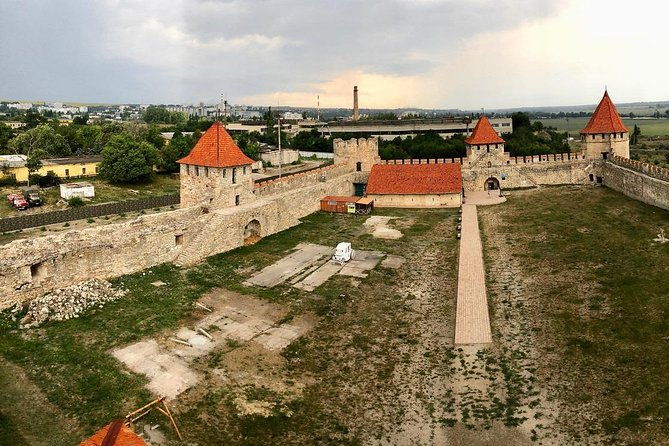
Is Transnistria a Recognized Country?
No, Transnistria is not a recognized country. It’s a breakaway territory from Moldova that has declared independence, but this claim isn’t recognized by any UN member states. Transnistria operates as a de facto independent state, though its status remains disputed.
What Currency Is Used in Transnistria?
The currency used in Transnistria is the Transnistrian ruble. Though an unrecognized territory, Transnistria has its own currency distinct from Moldova, which uses the Moldovan leu. Visitors to Transnistria will need to exchange their money for the local Transnistrian ruble.
Can I Take Photographs in Transnistria?
Yes, you can take photographs in Transnistria during the tour. The tour provides flexibility to sightsee at your own pace, allowing you to capture the region’s key sites and complex history through your camera lens.
Are There Any Restrictions on Entering Transnistria?
The tour includes round-trip private transfer, and a valid passport is required to enter Transnistria, an unrecognized territory. Travelers should be prepared for potential additional checkpoints and security procedures when crossing the border into this self-declared independent region.
Can I Use My Mobile Phone in Transnistria?
Yes, you can generally use your mobile phone in Transnistria, though coverage and roaming rates may vary. It’s recommended to check with your mobile provider about international roaming options before your visit to ensure seamless connectivity during your tour of the unrecognized territory.
The Sum Up
Transnistria’s unique status as a self-proclaimed republic within Moldova reflects the complexities of nationhood in a contested region. Visitors to Tiraspol and the Bender Fortress can explore the Soviet-era architecture and monuments, gaining insight into the territory’s turbulent history and ongoing geopolitical tensions. Ultimately, Transnistria’s distinct identity and unrecognized sovereignty highlight the challenges of defining borders and national identity in a divided world.
More Tour Reviews in Chisinau
Still browsing? Here are more Chisinau experiences we've covered recently
- 4 Top Walking Tours In Chisinau (With Reviews & Prices)
- What Are The Best Wine Tours In Chisinau? Our Top 14 Picks
- 14 Best Tours & Experiences In Chisinau (With Prices)
- The 13 Top Tours In Chisinau: Which Is Best?
- Chisinau: City Highlights Private Walking Tour
- National Wine Day Celebrations In Moldova
- Chiinu: Transnistria Back in the USSR Tour
- Chisinau:Transnistria Soviet Era& Castle Mimi Winery by car
- From Chisinau: Old Orhei and Chateau Vartely Winery Tour
- Rural Moldova: Best Yoga Farm Retreat for Soul and Body
- Chisinau: Walking City Tour
- Chisinau: Highlights Tour with Wine Tasting
